The artist was born on September 20, 1895 (or 1897) in Kherson, the Russian Empire (now Ukraine).
1897 - 1970
Yuhym Golyshev
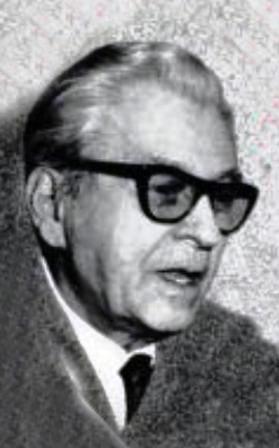
description
A Ukrainian avant-garde artist of Jewish origin, a violinist and a composer, who worked in Germany, Brazil and France.
Born into the wealthy Jewish family of a coalpit manager. Yuhym’s father was fond of architecture and painting, as well as chemistry. A family’s friend was outstanding artist W. Kandinsky.
As a musician was one of the first and recognized composers and dodecaphonists. As an artist (this is a bigger part of his entire creative career) was one of the founders of Berlin Dadaism, was a co-author of the manifest of the adherents of Dada, participated in exhibitions. The Nazis destroyed his works of the early period as “degenerate art”.
Key ideas:
– At the opening of the Berlin club, R. Hulzenbek read the first German manifesto of Dada, written in co-authorship with R. Hausmann and E. Golyshev. The calls for a “fierce battle” against “Expressionism and neoclassical culture” were for Yuhym Golyshev not just a bright slogan – he really found incredibly unusual materials and forms for his musical and fine arts. According to eyewitnesses, he used “a set of dishes and children’s toys” in “Antisymphonia”, a musical and military guillotine in three parts, adding other plastic industrial products. Creating assemblies, he experimented with such non-artistic materials as pieces from packs of cigarettes, crusts of bread (the famous non-preserved self-portrait), created abstract paintings with watercolor, made graphic constructivist drawings in ink. Therefore, Golyshev not only declared the main idea of Dadaism – the consistent destruction of any aesthetics – but also implemented it.
– Knowing everything, German Dadaist and Yuhym’s friend Raul Haussmann argued that Golyshev “was the first to make assemblages of impossible materials.” Haussmann also claimed that Golyshev has a talent in making compositions of canvases and their color solutions – he called his colleague “the alchemist of painting”.
– In his late period (less than 10 his early works survived, 200 paintings were sequestered by the Nazis and burnt); in the 1960s, Golyshev painted pictures demonstrating his commitment to Dadaism and Abstract art. For example, “Double face” is one of the paintings characterized by an abstract and geometric composition, where color and contrast are integral elements of the idea. Faces “without a face” are an example of the symbolic (the author was persecuted, his works were destroyed) and surreal duality, forced for Golyshev. Despite the fact that participant in the Dada movement Gross claimed that it was “not an ideological movement but a spontaneous reaction against “high art”, pondering of cubes and gothic,” in the work of Yuhym Golyshev, this style became a way of expressing his innovative ideas.
1895
1902
1909 - 1917
1918 - 1919
1920 - 1921
1922
1925
1933 - 1939
1940
1957
1964 - 1965
1966
1967
1968 - 1969
1970
The birth
Started learning to play violin from L. Auer
Started learning to play violin from L. Auer; soon as a soloist-wunderkind went on a tour with the Odessa Symphony Orchestra to Russia, Romania and Poland. He also attended drawing and painting lessons at the art school of Odessa.
Went to Berlin
Fleeing pogroms, the Golyshevs went to Berlin. Yuhym studied to become a violinist at the private Conservatory of Stern. In addition, he studied chemistry. Had concerts in Germany, went to Egypt, India, USA and Brazil with concert tours. He composed the “String Trio” (“Zwölftondauer-Komplexe”), first applying the principles of dodecaphony and entering the history of music. Became acquainted with the ideas of Italian Futurists thanks to F. Buzoni.
Became a member of the Berlin “Workers’ Council of Arts”
Became a member of the Berlin “Workers’ Council of Arts” (“Arbeitsrat für Kunst”) and the Berlin “Dada Club”. Composed the manifesto of Dadaism together with R. Haussmann and R. Hülsenbeck. Became one of the organizers of the association “November Group”, participated in Dadaist exhibitions (Berlin gallery of I. B. Neumann). As a composer, he invented new musical instruments of utensils, composed atonal music, performed it at dada-parties; although, he became more and more fond of fine art.
Participated in the group exhibition
Participated in the group exhibition “Russian art: icons, folk art, new paintings” (Hannover, Garvens Gallery), in the Berlin exhibition of “November Group”. The remarkable event of the cultural life of Europe became the presentation of the work for the symphony orchestra – dodecaphony “Ice Song”.
The personal presentations
The works of the artist were accepted to the Dusseldorf “First International Art Exhibition”, his personal presentations were held in Dusseldorf (the Rhein Sezession) and in Hamburg (Kunsthalle).
Started working as a chemical engineer
Started working as a chemical engineer, painting in his spare time. Got carried away by the problems of acoustics for the sound of cinema, collaborated with S. M. Eisenstein, V. I. Pudovkin.
Prepared 200 works for a personal exhibition
Prepared 200 works for a personal exhibition (later they were destroyed by the Nazis as “degenerative art”). Moved to Barcelona (Spain), where the biggest part of new works were destroyed during the bombing in the period of the Civil War. He moved to France, although soon was interned (according to some reports, was sentenced to hard labor).
Had to live in the Pyrenees
Had to live in the Pyrenees – in the camps of Argeles-sur-Mer, Gursa built for Jews who hided from persecution. The Nazis killed several members of his family.
Moved to São Paulo
Moved to São Paulo (Brazil), where he lived until 1966, where he lived until 1966, visiting Europe, searching for and finding his old friends, but not the traces of his works. Began to compose music again, including soundtracks for the films of Einstein and Pudovkin.
The solo exhibition
At the solo exhibition of the artist in São Paulo (was held two years in a row) and in Rio de Janeiro (Bonino gallery), at the opening, the chamber orchestra played the “Trio” written by Golyshev in 1914.
Returned to Paris
Returned to Paris, joined the international movement of the avant-garde artists “Phases”. His individual exhibitions were held at the Belo Horizonte Art Museum (Zurich) and in Germany; his works were presented at the exhibition for the 50th anniversary of Dadaism in Kunsthaus.
The artist’s paintings were exhibited at the group exhibition
In Paris, the artist’s paintings were exhibited at the group exhibition dedicated to the 50th anniversary of Dada (the museum d’Art Moderne); a prestigious exhibition was held at the National Academy of Arts of Berlin “Avant-garde of Eastern Europe (1910–1930)”.
The solo exhibition was conducted at the gallery “Schwarz”сональная выставка в галерее «Schwarz»
A tour of the collection of the paintings by the members of “Phases” passed in Lille and Toulouse, around the cities of Czecho-Slovakia – Hradec Králové, Brno, Jihlava. The following year, his solo exhibition was conducted at the gallery “Schwarz” (Milan).
The death
Yuhym Golyshev died on September 25, 1970 in Paris, France.


